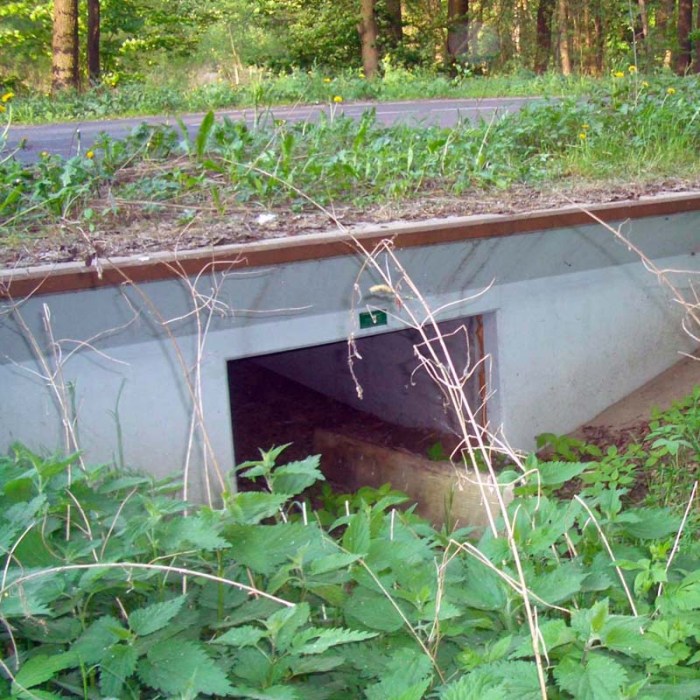Embracing the concept of “From Ants to Grizzlies: A General Rule for Saving Biodiversity,” this discourse delves into the intricacies of biodiversity conservation, emphasizing the interconnectedness of all species within an ecosystem and the significance of preserving this delicate balance for the well-being of both nature and humanity.
The “From Ants to Grizzlies” rule serves as a guiding principle for conservation efforts, highlighting the importance of protecting not only charismatic megafauna but also the often-overlooked microfauna and flora that play vital roles in maintaining ecosystem health.
Overview of Biodiversity and Conservation: From Ants To Grizzlies: A General Rule For Saving Biodiversity
Biodiversity, encompassing the variety of life forms on Earth, is crucial for maintaining the balance and functioning of ecosystems. It provides numerous benefits, including regulating climate, purifying air and water, providing food and medicines, and supporting economic activities. Protecting biodiversity is essential for the well-being of both the planet and humanity.
Understanding the “From Ants to Grizzlies” Rule
The “from ants to grizzlies” rule is a general principle for conservation that advocates for protecting species across all levels of an ecosystem, from small organisms like ants to large predators like grizzlies. This approach recognizes the interconnectedness of species within an ecosystem, where the loss of one species can have cascading effects on others.
Implementation of the Rule in Practice
- Yellowstone National Park:The reintroduction of wolves in Yellowstone National Park led to a decrease in deer populations, which in turn allowed vegetation to recover and create a more diverse habitat for various species.
- Coral Reefs:Protecting coral reefs by reducing pollution and overfishing ensures the survival of a wide range of marine organisms that depend on them for shelter and food.
- Tropical Rainforests:Preserving tropical rainforests protects not only the countless species that inhabit them but also provides ecosystem services such as carbon sequestration and watershed protection.
- Protects ecosystems and maintains biodiversity.
- Prevents the loss of keystone species.
- Enhances ecosystem resilience.
- Can be challenging to implement in highly fragmented or degraded ecosystems.
- May require significant resources and long-term commitment.
- Potential conflicts with human activities.
- Hotspot Conservation:Focuses on protecting areas with high concentrations of endemic species and biodiversity.
- Umbrella Species Conservation:Protects species that have large home ranges and provide benefits to many other species.
- Keystone Species Conservation:Prioritizes protecting species that have a disproportionate impact on their ecosystem.
- Understanding the role of microorganisms and genetic diversity in ecosystem functioning.
- Developing innovative conservation tools and technologies.
- Exploring the impacts of climate change and invasive species on biodiversity.
Benefits and Limitations of the Rule
Benefits:
Limitations:
Alternative Approaches to Conservation
Future Directions for Biodiversity Conservation

| Key Principle | Implication for Conservation |
|---|---|
| Interconnectedness of Species | Protect species at all levels to maintain ecosystem balance. |
| Resilience and Adaptation | Focus on preserving ecosystems’ ability to withstand disturbances and adapt to change. |
| Collaboration and Partnerships | Involve stakeholders and foster partnerships for effective conservation efforts. |
Future Research Directions:
Question & Answer Hub
What is the significance of biodiversity conservation?
Biodiversity conservation is crucial for maintaining the health and stability of ecosystems, providing essential services such as pollination, water purification, and carbon sequestration. It also supports human well-being by providing food, medicine, and recreational opportunities.
How does the “From Ants to Grizzlies” rule differ from traditional conservation approaches?
Traditional conservation approaches often focus on protecting individual species or habitats. In contrast, the “From Ants to Grizzlies” rule emphasizes the interconnectedness of all species and the need to protect ecosystems as a whole, recognizing that the loss of even the smallest species can have cascading effects on the entire ecosystem.
What are some challenges in implementing the “From Ants to Grizzlies” rule?
Implementing the “From Ants to Grizzlies” rule can be challenging due to factors such as limited resources, competing land uses, and the difficulty of monitoring and protecting all species within an ecosystem. However, it is essential to strive for a holistic approach to conservation that considers the needs of all species.